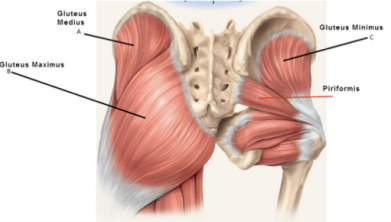Rowing Faster After 50
Regardless of age, experience, and gender, strength training can improve performance and all-around fitness beyond a chosen sport or activity. Intelligently designed, consistent, progressive strength training is one of the most powerful tools to slow and in some cases, reverse, the physical changes that are a natural, biological process of aging. Strength gains are still fully possible via central nervous system (CNS) improvements even after testosterone levels decline [5]. The central nervous system regulates the force produced by muscles. Strength training takes what was once a bumpy gravel road connecting the CNS to the muscle fibers and turns it into smooth pavement, capable of transmitting greater power to the muscles. Aerobic systems lose little with age, so the combination of the improved CNS, healthy muscular system, plus a robust aerobic base can power boats well into one’s masters years. In fact, if you have relied solely on technique and aerobic training to this point in your career, the addition of intelligent and progressive strength training could unlock the door to new personal bests and faster times.












